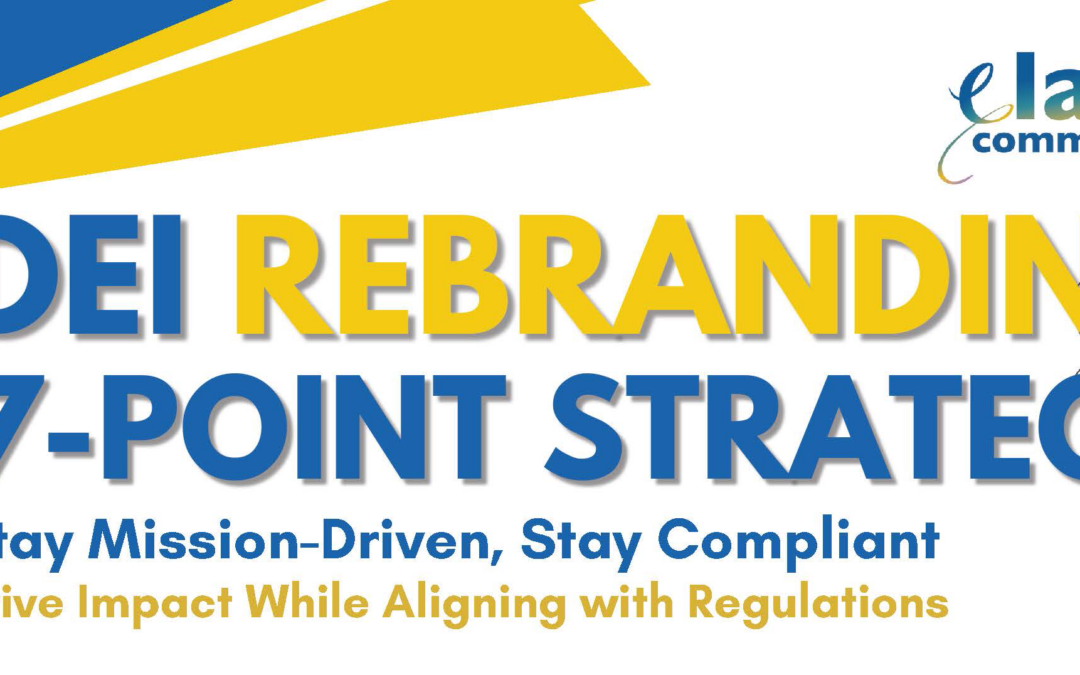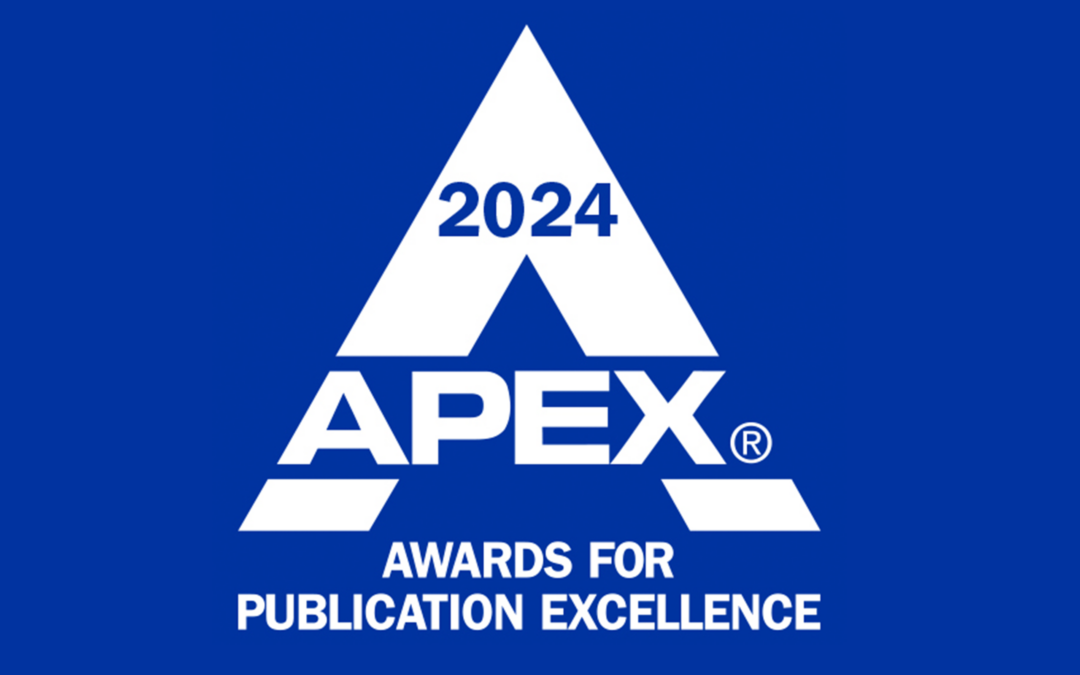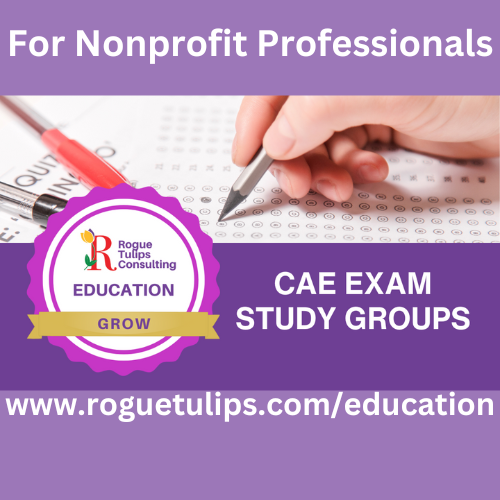One of the most exciting things I’ve done recently is learn how to play golf. Although I’m a beginner, I’ve discovered several ways the objective of the game applies to real-life situations. Like any game, it’s important to keep score in golf to know how well you’re playing. The ultimate golf score is the par of a hole, but scoring a bogey is not too far off the mark.
In the world of public relations (PR), achieving success can sometimes feel like chasing a perfect golf score. Just as in golf, where a bogey—one stroke over par—can be a realistic and strategic achievement, effective PR involves navigating challenges and strategically managing your reputation to get the best results. Here are five reasons understanding the analogy between PR and a bogey can offer valuable insights into mastering the art of public relations.
1. Realistic expectations and strategic goals
In golf, a bogey is often a realistic goal for a challenging hole, especially on a tough course. Similarly, in PR, setting realistic expectations and strategic goals is crucial. Not every campaign or communications effort will achieve a home run. Sometimes, the objective is to manage a situation effectively rather than attain perfection. Just as a bogey is an acceptable outcome in golf, a well-managed PR strategy may involve maintaining a stable reputation amidst challenging circumstances.
2. Handling challenges gracefully
A bogey signifies that a player faced challenges but navigated them without completely derailing their game. In PR, challenges are inevitable—whether it’s handling a crisis, managing negative feedback, or addressing a public misstep. Effective PR involves gracefully managing these challenges, mitigating potential damage, and steering the narrative in a positive direction. Just as a golfer maintains focus after a bogey, PR professionals must remain composed and strategic in the face of obstacles.
3. Focus on recovery and improvement
After a bogey, a golfer’s focus shifts to improving their performance on the next hole. In PR, the focus should similarly be on recovery and continuous improvement. Learning from each campaign, analyzing what worked and what didn’t, and adapting strategies for future efforts are key to long-term success. Effective PR professionals view each challenge as an opportunity to refine their approach and enhance their skills, much like a golfer adjusts their strategy after a bogey.
4. Long-term strategy over short-term perfection
Golf is a game of patience and strategy, where the cumulative effect of a series of holes determines the overall score. A single bogey does not ruin a round; it’s the long-term strategy that counts. Similarly, in PR, short-term setbacks should be seen in the context of the overall strategy. A single misstep or less-than-ideal outcome should be evaluated as part of a broader strategy for building and maintaining a positive reputation. Success in PR often comes from consistent, strategic efforts rather than achieving perfection in every interaction.
5. Balancing risk and reward
In golf, the decision to take a risky shot or play it safe can affect the outcome of a hole. Similarly, in PR, balancing risk and reward is a critical aspect of strategy. Taking calculated risks, such as launching bold campaigns or addressing controversial issues, can lead to significant rewards if managed well. Effective PR involves making informed decisions about when to take risks and when to adopt a more cautious approach, always with an eye on the long-term impact on the organization’s reputation.
PR can transform a company’s relationship with its audience, much like how a steady bogey game can lead to a satisfying round of golf. By understanding the parallels between PR and a bogey, professionals can better navigate the complexities of reputation management, turn challenges into opportunities, and strive for success with a balanced and strategic approach. Effective PR may not always produce immediate, spectacular results, but it plays a crucial role in maintaining and improving a company’s public image over time.









